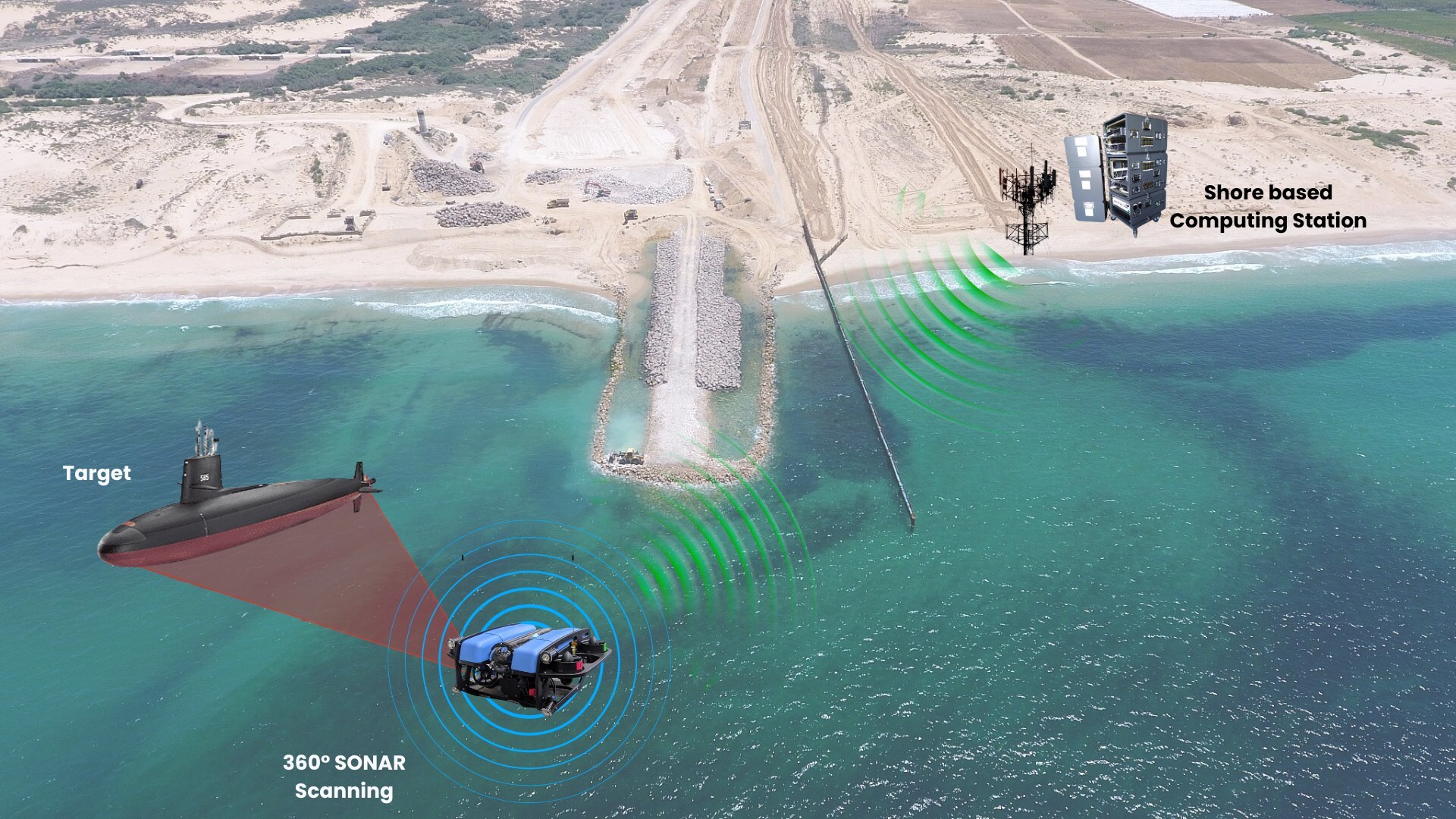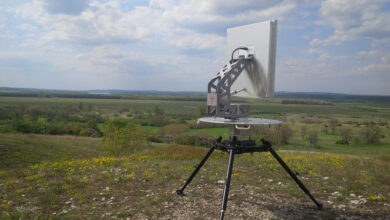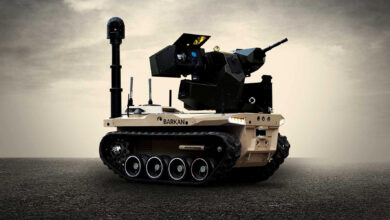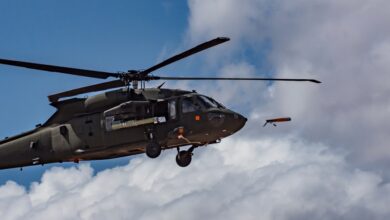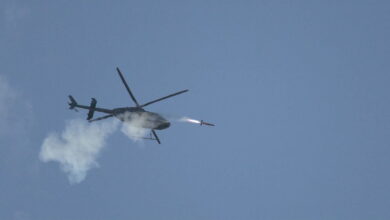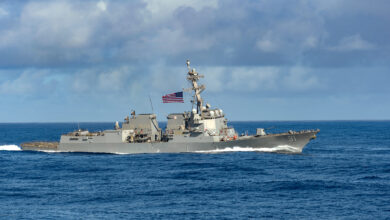Skylark Demos Subsea Detection for US Navy’s Global-X Challenge in Estonia
Skylark Labs has demonstrated its subsea object detection and identification solution in Tallinn, Estonia, as part of the US Navy’s Global-X Challenge.
Global-X is a nine-month program seeking innovative solutions to improve warfighters’ underwater situational awareness, personal expeditionary power and energy, and communications.
Under the initiative, the California-based company tested its advanced artificial intelligence-enabled algorithms and multi-modal sensors to identify and localize different materials and scales across complex subsurface fields.
Skylark wrote that this technology utilizes high-resolution detection capability to maintain near real-time operations against potential threats even in low-visibility conditions.
“We were thrilled to be selected for the Global-X Challenge and have the opportunity to present our work at the In-Person Teaming Workshop in Estonia,” Skylark Labs CEO Dr. Amarjot Singh said.
“This recognition highlights the potential of our AI-driven subsea object detection and identification technology to revolutionize maritime security and surveillance.”
Skylark noted that its recent selection for Global-X aligns with its vision to pursue and contribute to other industries beyond defense.
Alongside military applications, the firm said that its proprietary subsea object detection and identification technology can also be leveraged for future marine archeology, environmental monitoring, and offshore infrastructure inspections.
“The [Office of Naval Research] Global-X Challenge is a significant milestone for Skylark Labs as we continue to expand our international footprint,” Skylark Labs Defense Advisor Kevin Sweeney explained.
“Skylark looks forward to engaging with the global research community and showcasing the immense potential of our subsea object detection and identification technology to enhance maritime security worldwide.”
Counter-Drone Test for US Defense
Skylark Labs completed a separate detection trial in May, which involved its anti-drone capability for US Department of Defense stakeholders.
The activity saw the deployment of the company’s Aerial Reconnaissance & Elimination System (ARIES) to track rogue unmanned aerial vehicles beyond the line of sight.
ARIES successfully detected targets at long range, monitored their flight paths, and identified potential threats based on their movements.

